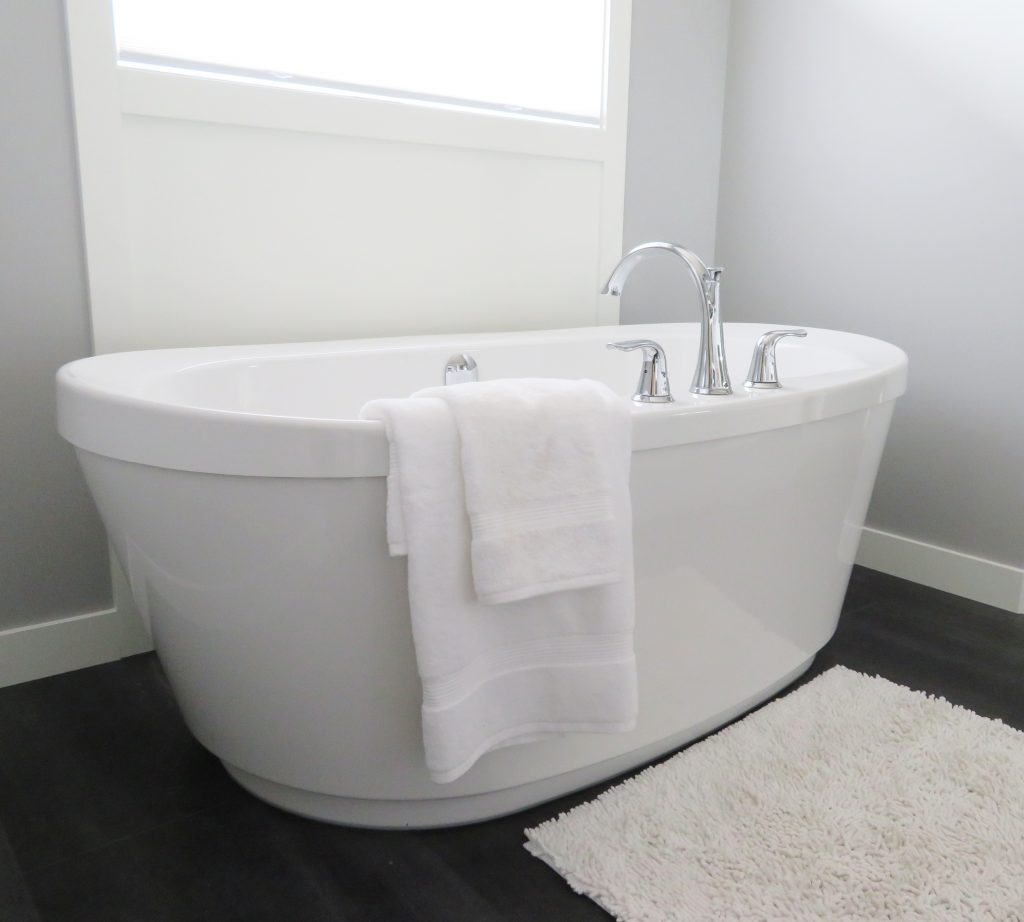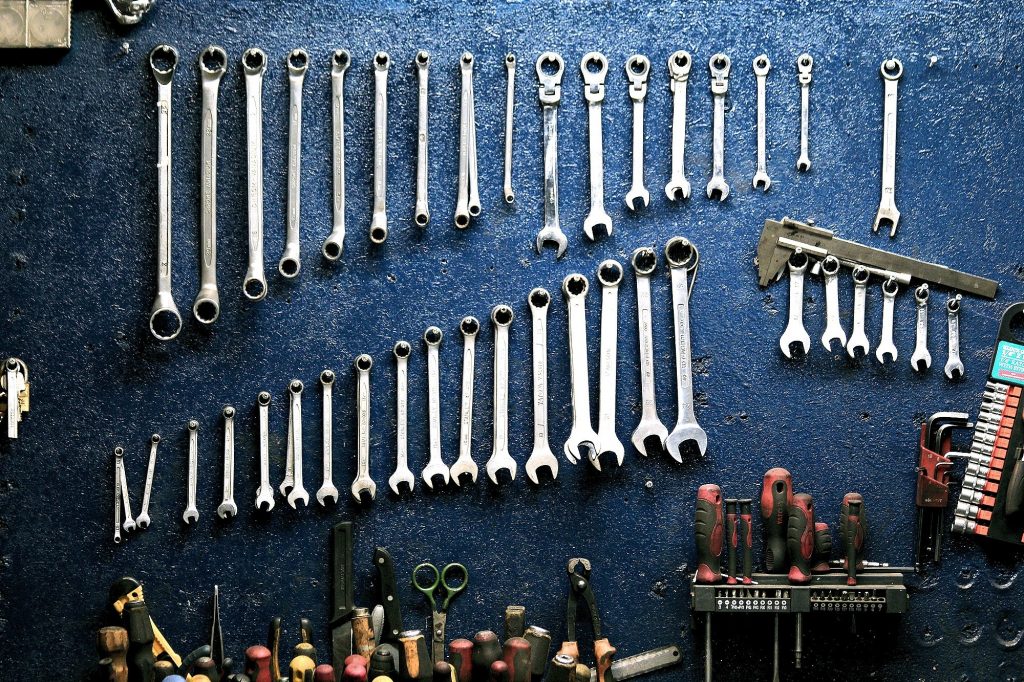Leaking pipes with water can be an eyesore and cause damage to your valuables, and property. Human errors, corroded pipes, and loosening connections can lead to plumbing leaks. More so, avoid overloading of sink cabinets, check for weak drains and change old water supply pipes before they result in water damage. Here are few DIY measures of preventing and fixing leaks in a home.
Insulate Pipes
During winter, the exterior piping connections need to be insulated. Freezing occurs when water doesn’t run through cold-water pipes that have been installed outside the building. Homeowners can insulate the pipes when they are not around during winter.
Regular Inspection
The prevention of water leaks is better than pending money to fix leaks in the house. Homeowners can take a careful inspection of visible pipes for rust, a hole or a potential blocked drain. Usually, a stuffed kitchen sink can easily cause a leak. Always inspect under the kitchen sink for any drips because even small leaks cause corrosion, the buildup of mould, and water damage. It’s always a good idea to regularly inspect pipes and drains.
Identifying Your Leak’s Source
Simply identify the leak source instead of groping in the dark and pretending not to be a plumber. You must spot where it leaks before fixing it. Unfortunately, it might be tricky to track and pinpoint the spot of a leaking pipe. However, you can close the pipe’s main shut-off valve when leaks become uncontrollable. Sometimes, activating the shut-off valve could mean turning eliminating the flow of water throughout the entire house. The homeowner can prevent excessive leakages next time by installing shut-off valves on every line of water pipes instead of relying on the main control valve.
Install a Flow Sensor
The flow sensor automatically triggers the shut-off of a water pipe valve and prevents leaks. You can purchase and install flow sensors to detects plumbing leaks and protect your home from water damages.
Roof Leaks
Sometimes leaks are signs of structural damages or roof deterioration. It’s likely that roof leaks will leave stains of running water on the wall, and in worse cases, trails of visible damage will be seen. You can inspect your ceilings and roof to find the source of leakage, and mark deteriorated areas before replacing any damaged parts. Using temporary DIY methods to plug roof leaks can prevent further threats to the safety of your home.
Replace Shower Gaskets
It’s time to change a defective washer if you have a shower that drips water from the spout even after closing the valve. Simply cut water supply to that shower, disassemble the stem and replace the washer. Reinstalling shower gaskets (washers) is relatively easy fix within 30 minutes.
Bathtub Leaks
The drains of your bathtub might have cracks or loose connections. More so, a faulty drain gasket can cause a continuous flow of wastewater. Inspect the bathtub drain to check if the gasket is old or missing before replacing it. Simply unscrew the drainpipe with a channel-lock plier to check the fault. You can also use silicone sealant gel to firmly hold the gasket before tightening the bathtub drain.

Toilet Leaks
Toilet leaks are easy to detect because you’ll notice a reduction in the pressure of water during flushing. Sometimes the leaks from loose toilet pipes also can leave offensive smells. Check the drain area with a wax seal or drain camera to examine drips of waste or human waste. The toilet seals get weak after a period and would need replacement. After replacing the bad wax seal, flush your toilet and re-examine the seal for leakages.
Water Heater Leaks
Lose connections and lining wears of water heater pipes can lead to water dripping from its base. You don’t want to be burnt by hot dripping water; so install a pan at the base of the water heater to monitor leaks.



MOST COMMENTED
Top stories / Uncategorized
How to Take Care of Your Sneaker Collection
Renovating
How To Use Wire With Furniture
Facts / Top stories
How to know if the Tasmanian job market is best suited for you
Uncategorized
How to travel around Tasmania
Tech
The Benefits of Aligning Business Functions
Tech
Crafting the Perfect Setup for Photography Enthusiasts
Tech
Enhancing Urban Mobility Through Traffic Management